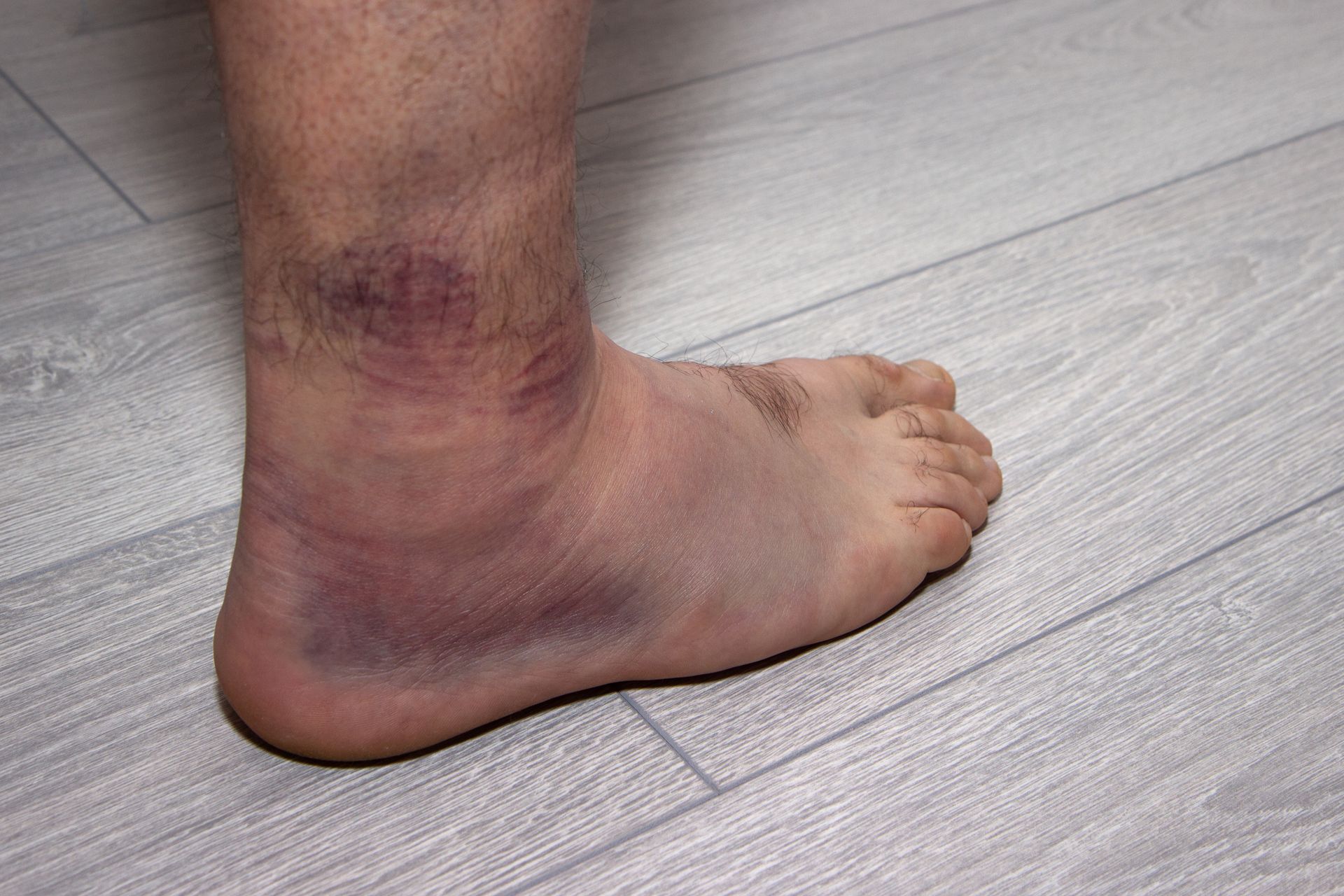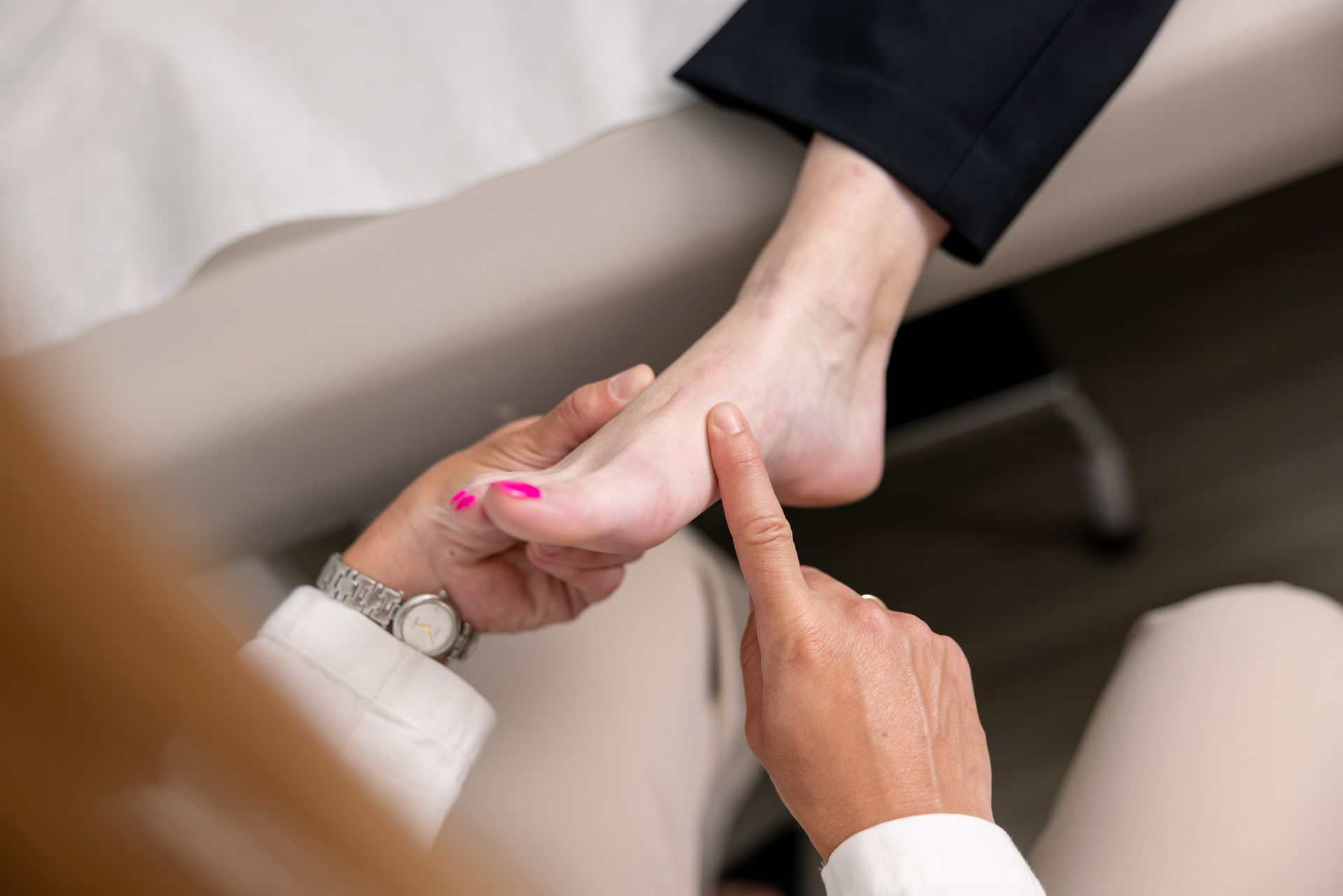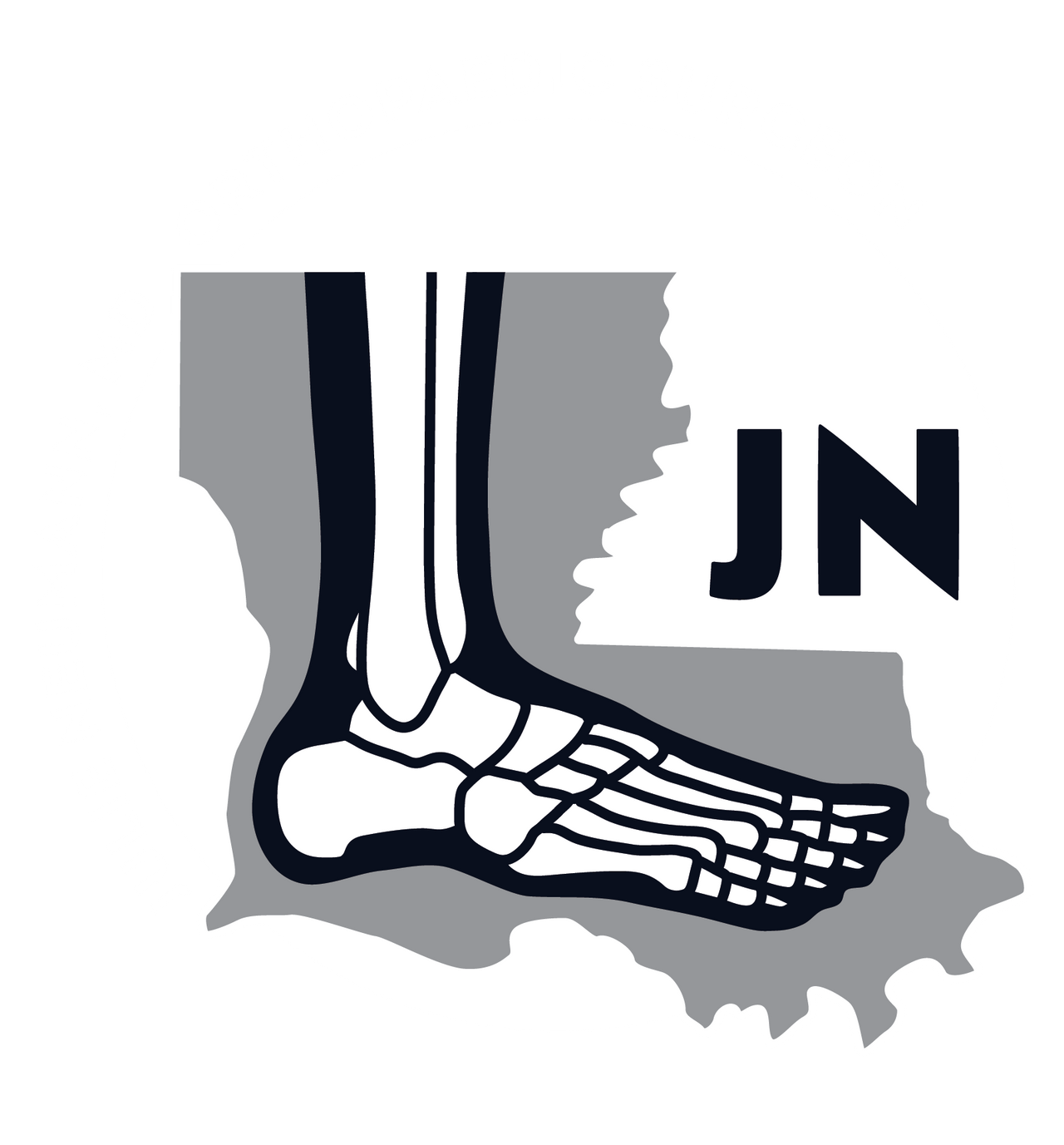ANKLE AND FOOT FRACTURES BATON ROUGE
Comprehensive Guide to Understanding Ankle and Foot Fractures
Ankle and foot fractures, encompassing a range of breaks or cracks within the bones that form the ankle joint and the foot itself, demand immediate attention and expert care. Dr. Julie Neumann, a revered orthopaedic specialist based in Baton Rouge, Louisiana, champions the cause of early detection, accurate diagnosis, and effective management of these injuries. This guide delves deep into the anatomy, causes, symptoms, diagnosis, treatment options, and preventative measures for foot and ankle fractures, aiming to empower patients with comprehensive knowledge and facilitate a swift return to normalcy.
What are the Causes of Ankle and Foot Fractures?
Fractures can result from multiple scenarios:
- Traumatic injuries: High-impact forces from falls, vehicle collisions, or direct blows.
- Sports-related injuries: Activities involving rapid direction changes, jumping, twisting, or physical contact.
- Osteoporosis-related fractures: Bone fragility may lead to fractures even with minimal stress.
- Other medical conditions: Diseases like diabetes or neuropathy increase susceptibility to fractures due to compromised bone health or sensation.
What are the Types of Ankle and Foot Fractures?
Location of Foot and Ankle Fractures:
- Ankle fractures involve the tibia and/or fibula.
- Foot fractures can affect any of the bones of the foot including the talus, calcaneus, navicular, cuboid, the metatarsals, or phalanges.
Types of Foot and Ankle Fractures:
- Stable fractures where the bone pieces remain aligned.
- Unstable fractures where the displaced bone fragments may require correction.
Open versus Closed Foot & Ankle Fractures:
- Open fractures with bone penetrating the skin, posing infection risk.
- Closed fractures where the skin remains intact over the break.
What are the Common Symptoms of Ankle and Foot Fractures?
Recognizing symptoms is crucial in identifying the fracture:
- Pain and tenderness: Discomfort, not necessarily localized to the fracture site.
- Swelling and bruising: Signifying tissue damage or bleeding within or around the injury site.
- Difficulty bearing weight: Often rendering walking or even standing difficult or unbearable.
Other associated symptoms: Visible deformities, bone protrusion, or abnormal foot/ankle positioning.

How to Diagnose Ankle and Foot Fractures?
Key Steps to Figure Out the Best Treatment Plan:
- Physical examination: Dr. Neumann will assess you for visible signs of injury, range of motion, sensation, and pinpointing pain sources.
- Imaging tests:
- X-rays will be used to delineate the fracture's location & extent.
- Advanced imaging including MRI and/or CT scans may be necessary provide detailed images of bone and/or soft tissue.
- Differential diagnosis: Distinguishing fractures from sprains, contusions, or other pathologies.
Treatment Options for Ankle and Foot Fractures in Baton Rouge:
Treatment strategies are determined based on the injury specifics:
Non-surgical management:
- RICE protocol to reduce swelling and pain.
- Immobilization using a boot or post-op shoe to facilitate bone healing.
- Pain management through medication.
Surgical interventions:
- Procedures like open reduction internal fixation (ORIF), external fixation, manipulation, or arthroscopic surgery to realign displaced bones and secure them for healing.
What is the Rehabilitation and Recovery for Ankle Fractures?
A structured plan is vital for recovery:
- Physical therapy exercises: Customized regimens in physical therapy to rebuild strength, flexibility, and mobility.
- Gradual return to weight-bearing: Closely monitored progression to ensure proper healing.
- Expected timeline for recovery: Typically spans from weeks to several months, varying by the injury's severity and the patient's overall health.
- Prevention of complications: Adherence to post-operative care and therapy sessions to avoid issues such as delayed healing or infection.
What are the Complications of Ankle and Foot Fractures
Awareness of potential complications aids in proactive management:
- Delayed healing or nonunion: When bones fail to fuse correctly over time.
- Malunion: Bones heal in misaligned positions, potentially impairing function and causing arthritis.
- Post-traumatic arthritis: Chronic joint pain and stiffness following injury.
- Other complications: Risk of infection (especially in open fractures), damage to blood vessels or nerves, stiffness, and potential for future instability or deformity.
What are Some Preventative Measures for Ankle and Foot Fractures?
Preventative strategies are crucial to maintaining bone health:
- Avoiding traumatic injuries: Employing caution during physical activities and using protective gear.
- Reducing the risk of sports-related injuries: Through proper training, warm-ups, and adherence to safety protocols.
- Promoting bone health: Ensuring adequate calcium and vitamin D intake, participating in regular weight bearing activities to build your bones, and managing chronic medical conditions like osteoporosis.
Under Dr. Julie Neumann's expert guidance, Baton Rouge patients are equipped with the knowledge and support necessary to navigate the journey from injury to recovery, ensuring a return to an active and fulfilling lifestyle after you experience an ankle or foot fracture.




